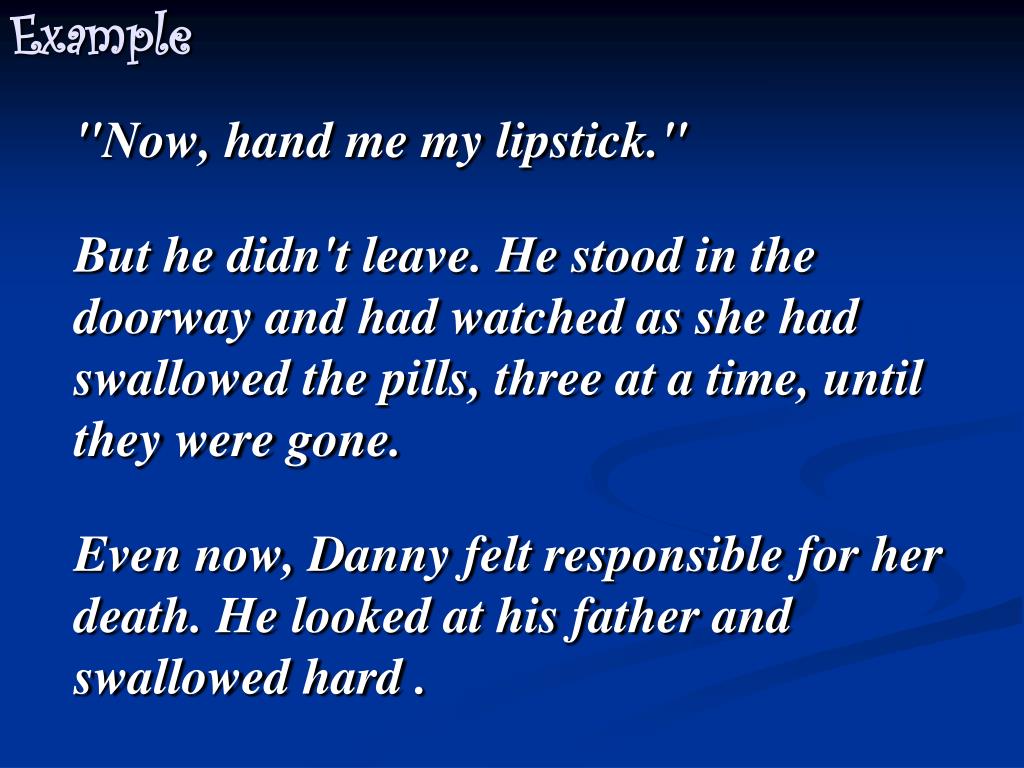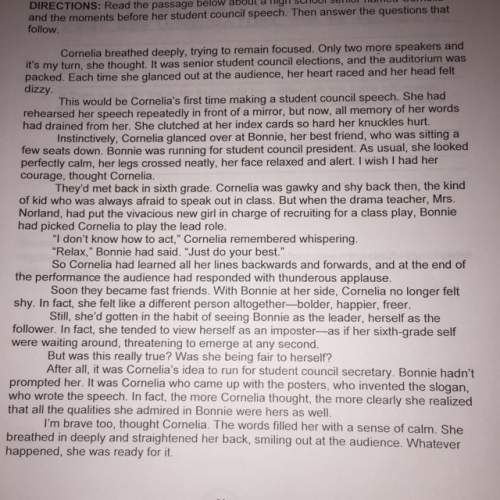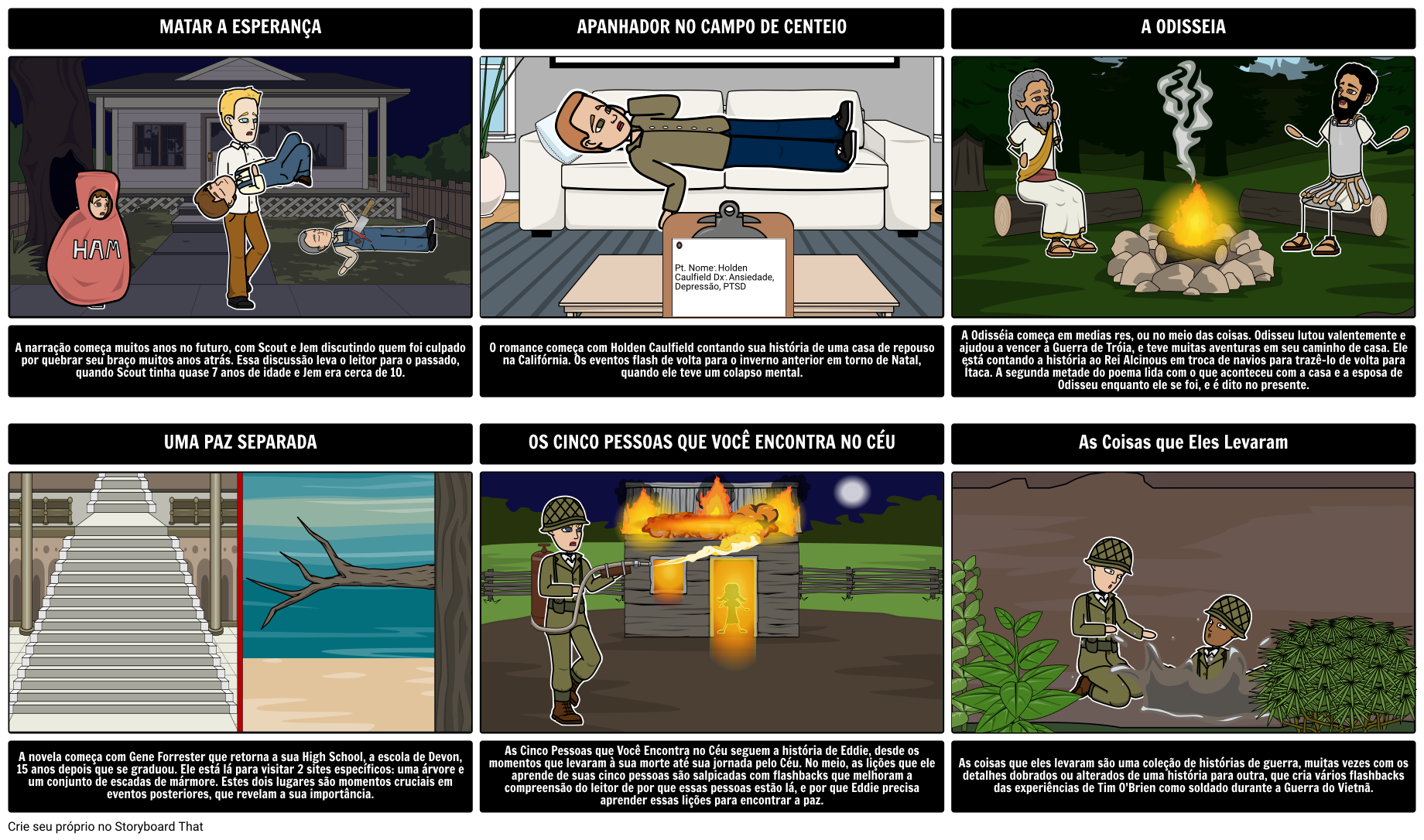
We generally assume that most first-person narrators are unreliable eye-witnesses of events in which they are, personally, active participants. One distinctive feature of the first person narrative technique is the use of the first-person pronoun in all its forms such as I, me, we and my. In most cases, the firs person narrator is also the protagonist. The first person narrator or point of view is when a writer tells the story from the point of view or perspective of a character inside the narrative. The difference between foreshadowing and flash forward is that the former is more nuanced and consists mostly of indirect references while the latter is a a clear account of an invent from the future. Flash Forwardįlash forward, on the other hand, transports the reader out of an otherwise chronological story, to show them events that will happen in the future and which will have had an impact on current events and the characters. Taking the reader out of the main story, a flashback practically shoves them into a hitherto unknown past, showing them events that happened within that past and which have an impact on the incidents or characters in the present day of the story timeline. William Shakespeare – Romeo and Juliet 4.

My life were better ended by their hate, than death prorogued, wanting of thy love. They employ incidents, characters’ utterances or objects within the story to achieve this effect.įor example, in William Shakespeare’s Romeo and Juliet, Romeo’s utterance below foreshadows his eventual tragic death.

Writers use foreshadowing when they indirectly or directly suggest events or outcomes that will happen later in the narrative or play. Such a theme could be anything like the depravity of the human soul, the trappings of riches or the horrors of war. This is basically what the use of symbols in literature is about.įor example, a constant reference to a particular building in a literary work may be that the author is using that building to stand for a major concept or theme. Writers often employ objects, setting, other elements in nature or abstract ideas to represent a concept or thought. Quite often, the setting is designed to reflect a character or characters that are associated with it. This technique is present in fiction when a place, house, landscape, time or atmosphere is used almost as an additional character in the story. It is now time to take a look at some of the commonest narrative techniques in Literature. What is Narrative Structure in Literature? Therefore, the types of narrative techniques in Literature you’re about to see are each related to at least one of the above categories of the major elements in any given literary work.Ģ0+ Narrative Techniques in Second Class Citizen It is through these that the writer conveys their message to their audience in a unique and deliberate way. The various elements of narrative techniques in fiction, for example, can be broken down into six distinct categories.Īs you may already be aware, each of the above elements plays an important role in developing a story. Elements Containing Narrative Techniques in Literature Narrative Techniques – DefinitionĪ narrative technique in Literature is the manner in which a writer conveys what they want to say to their reader and the methods that they use to say it as they develop a story. See below a definition of narrative techniques in Literature. With that being said, it is much simpler to understnd exactly what narrative techniques in Literature are when we give it a clearer definition. While narrative technique is commonly associated with prose, dramatic technique is concerned with drama.

Some call them “fictional devices” because they are mostly found in fiction such as Second Class Citizen and The Invisible Man. Narrative techniques in Literature are often explained as “literary techniques” or “literary devices”. Without further ado, let’s begin with a definition of “narrative technique.” What Are Narrative Techniques in Literature?

In fact, though I’ve devoted another post to this topic with specific reference to Second Class Citizen, I’ve added a few examples of narrative techniques in Second Class Citizen and The Lion and the Jewel here. The examples you will find are taken from both prose and drama. In this post, you will have a large collection of the types of narrative techniques in Literature. Among the best known narrative techniques in Literature are flashback, foreshadowing, suspense, third person narrator, symbolism, red herring, epiphany, cliffhanger, allegory, parody, subplot or frame story as well as such figures of speech as metaphor, personification, oxymoron and irony.


 0 kommentar(er)
0 kommentar(er)
